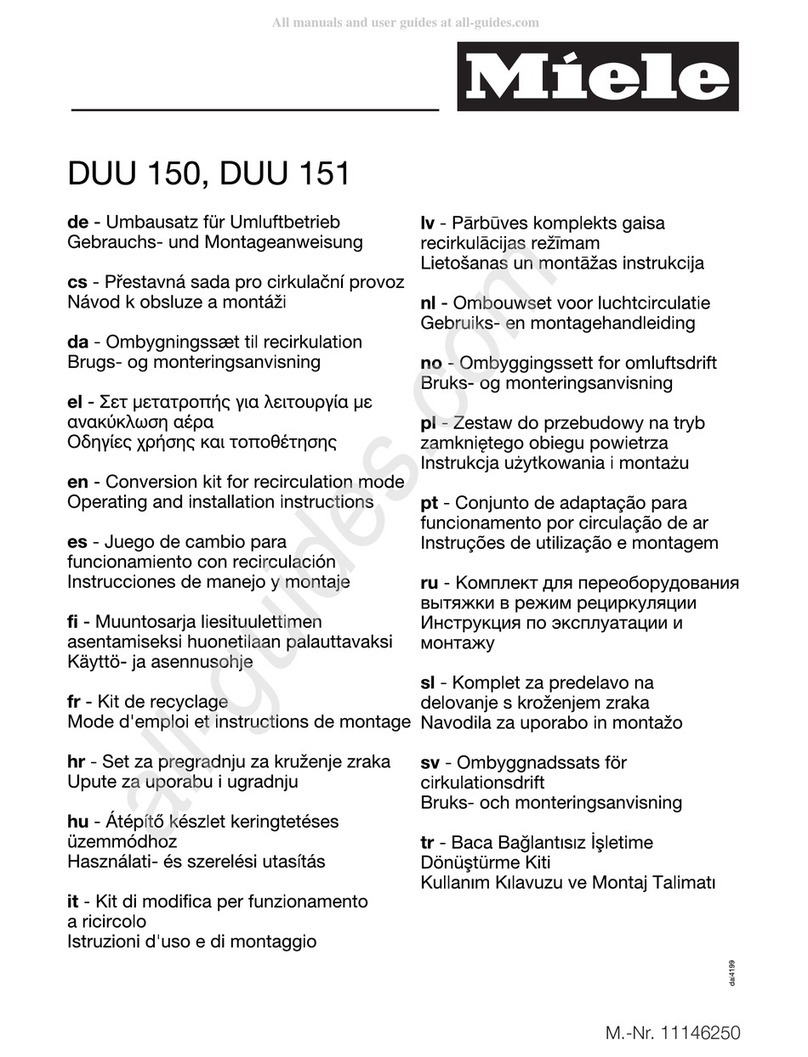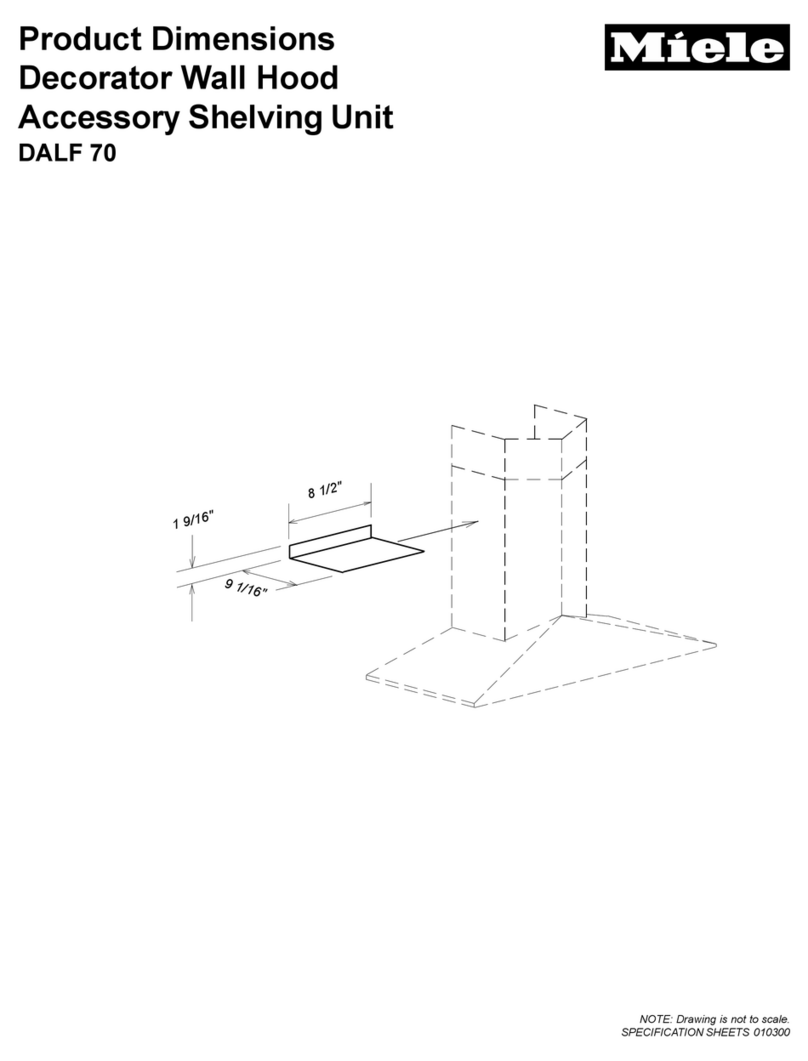Miele DA 68 User manual
Other Miele Ventilation Hood manuals

Miele
Miele DA 5190 W User manual

Miele
Miele DA 398-5 User manual

Miele
Miele TX2070 User manual
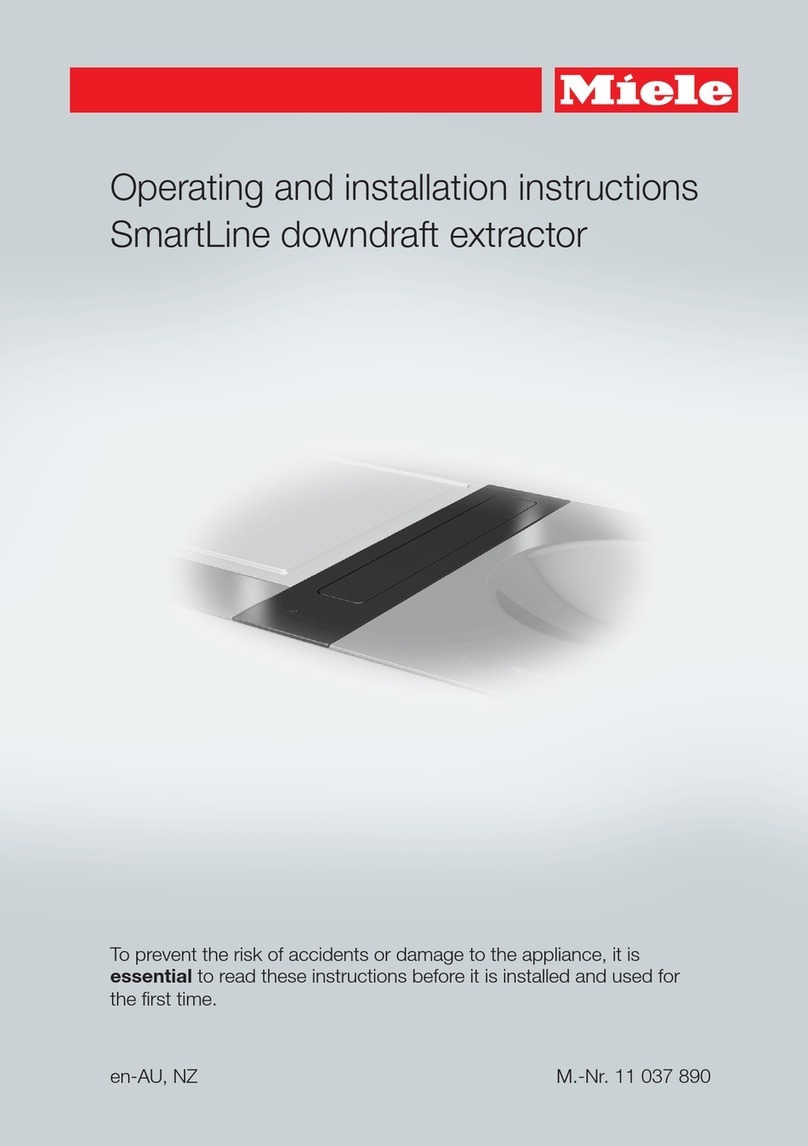
Miele
Miele SmartLine CSDA 7000 FL User manual
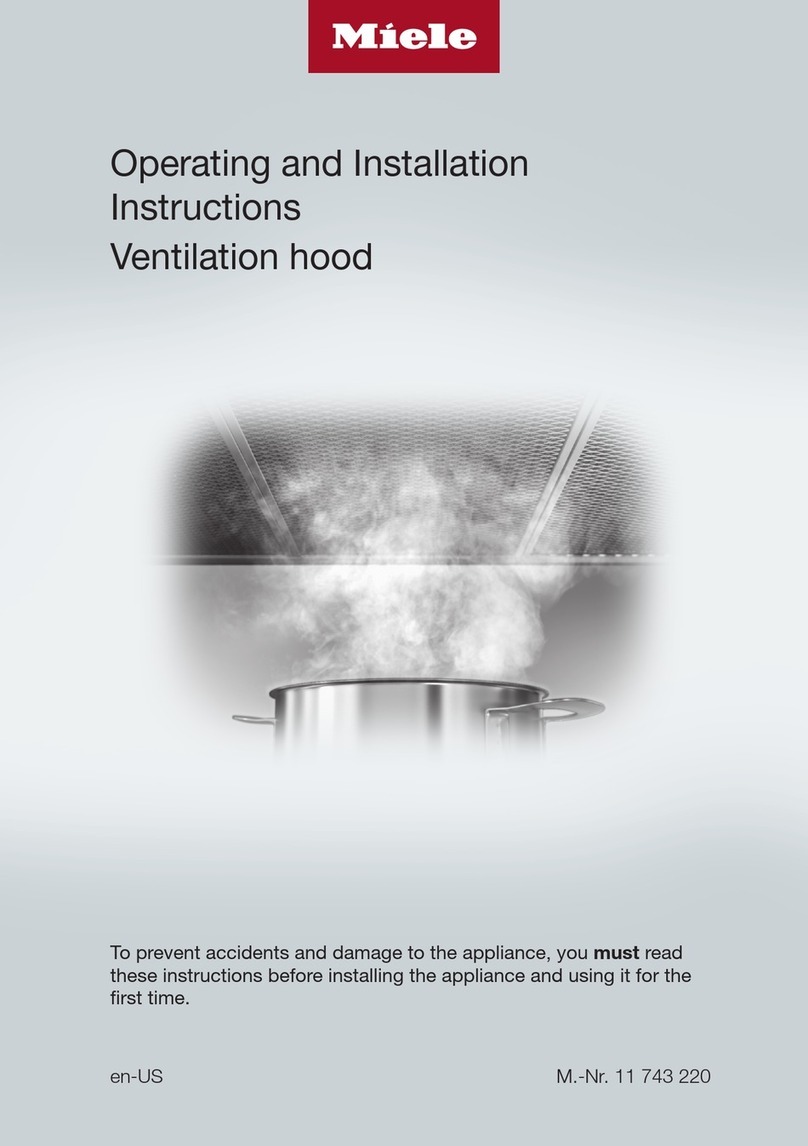
Miele
Miele DA 5428 W User manual
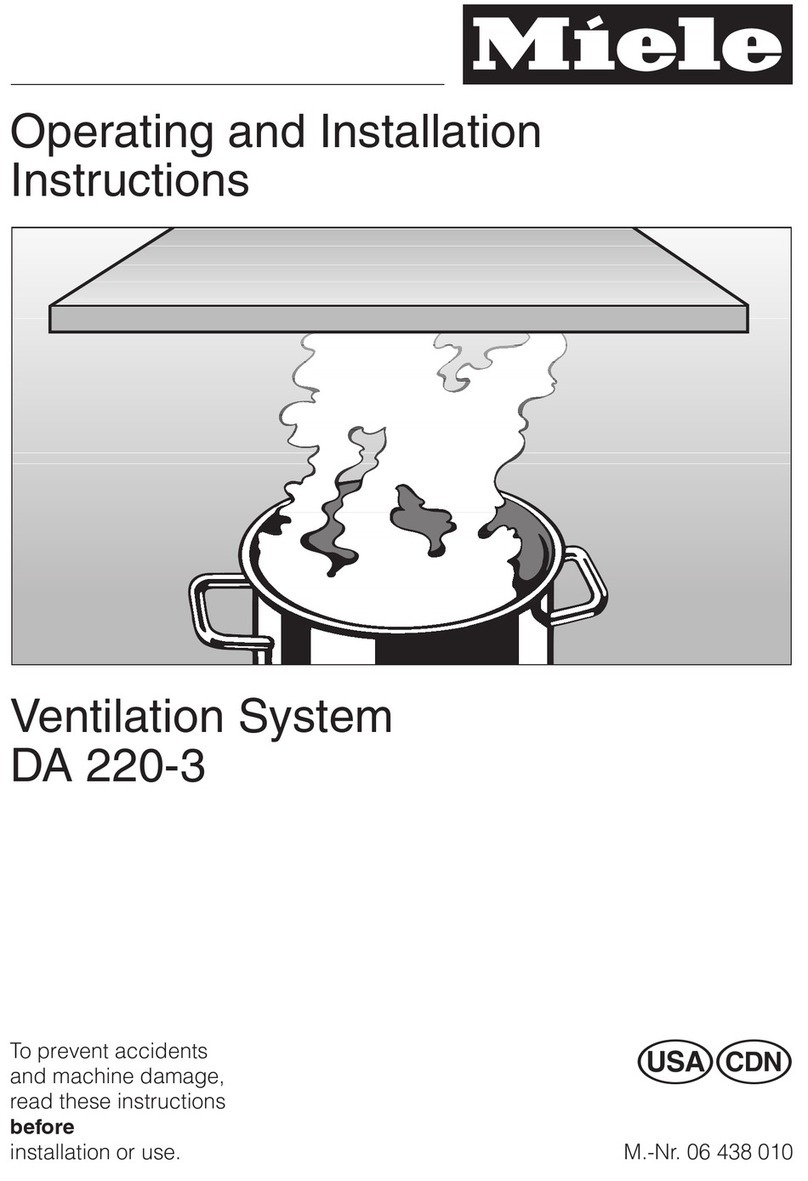
Miele
Miele DA 220-3 User manual

Miele
Miele DA 3568 User manual
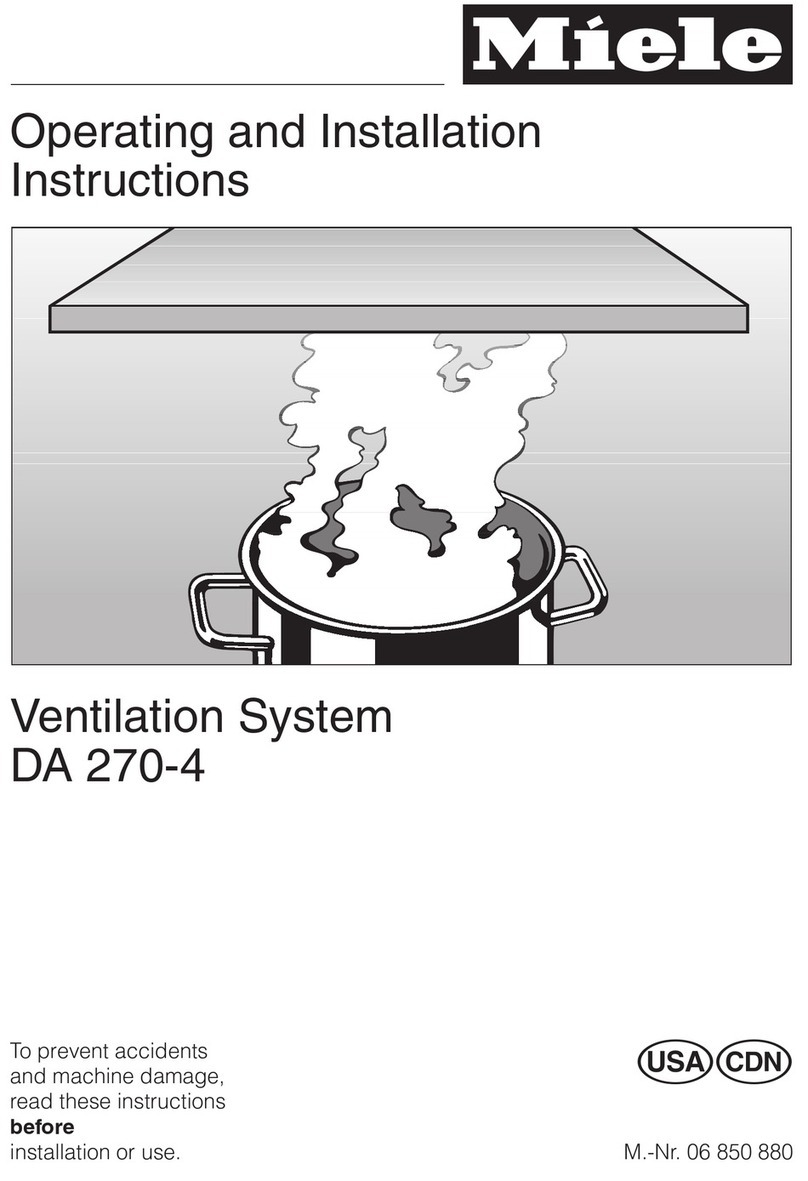
Miele
Miele DA 270-4 User manual

Miele
Miele DA 5100 D User manual

Miele
Miele DA 289-4 Specification sheet
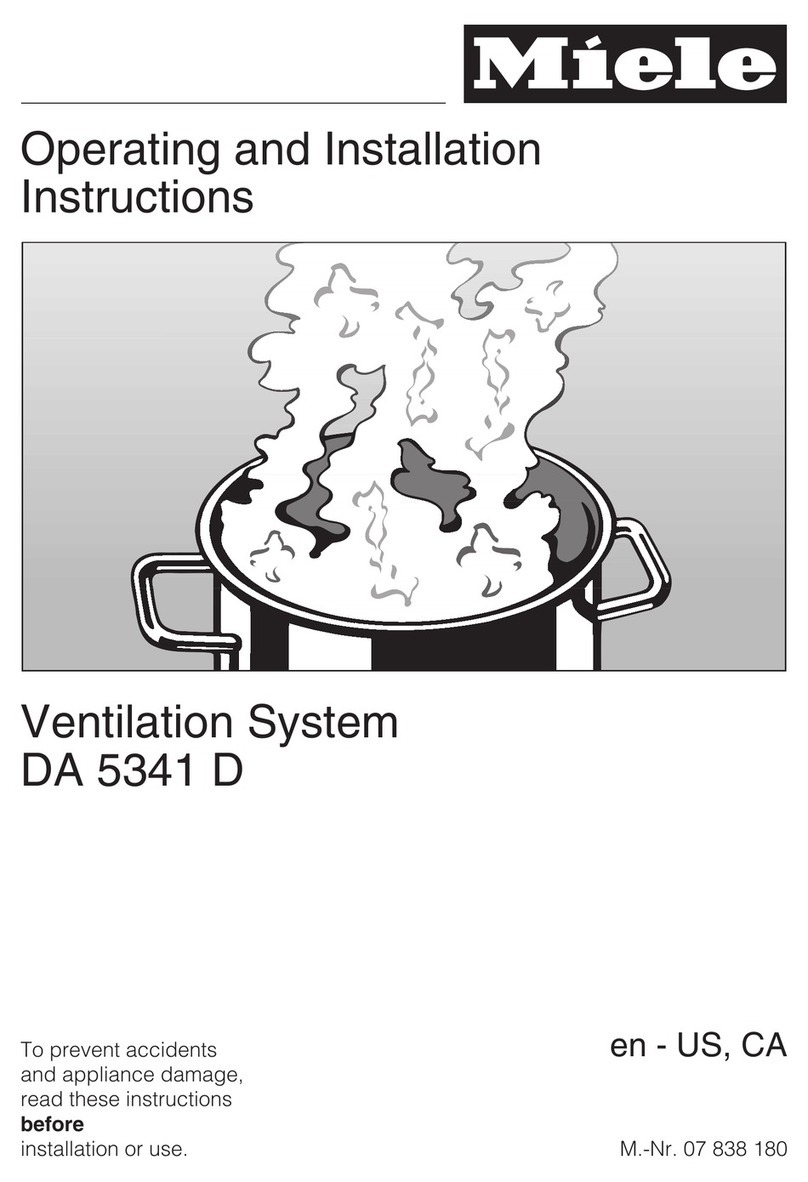
Miele
Miele DA 5341 D User manual

Miele
Miele DA 6796 W User manual

Miele
Miele KM 2355 User manual

Miele
Miele DA 6296 W EXT User manual
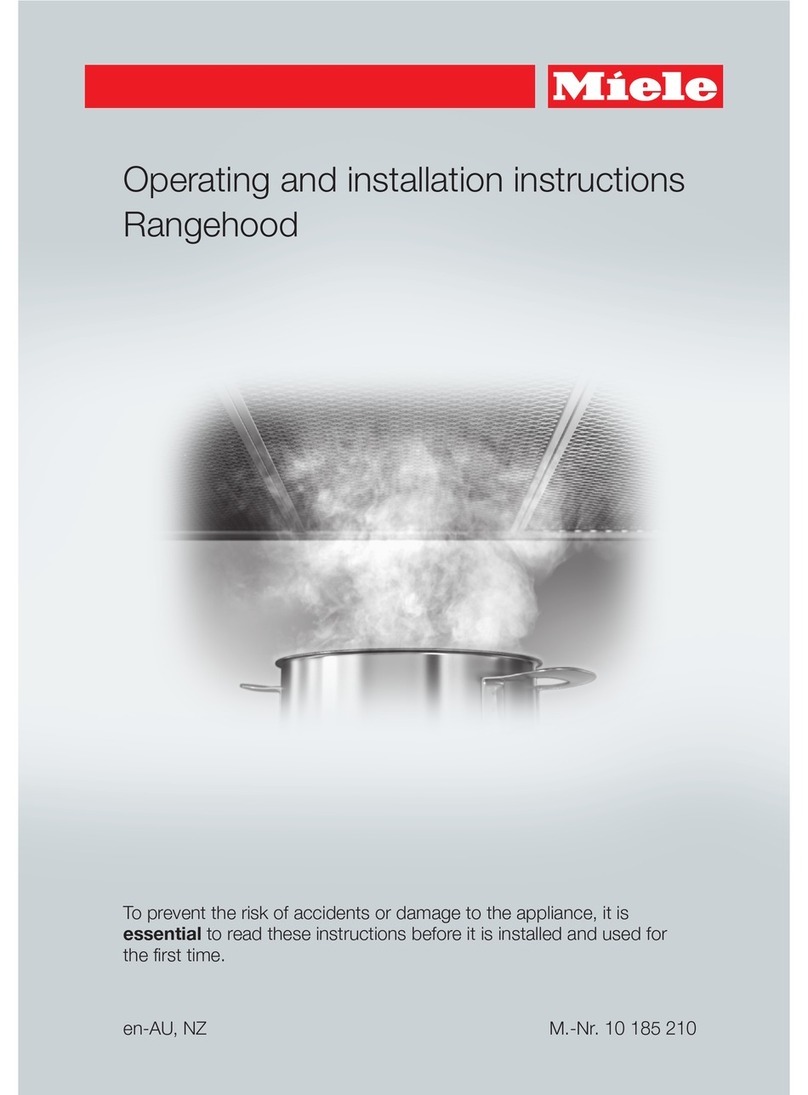
Miele
Miele DA 6700 D User manual

Miele
Miele DAS 8930 User manual

Miele
Miele DA 1160 Owner's manual

Miele
Miele DAS 4920 User manual
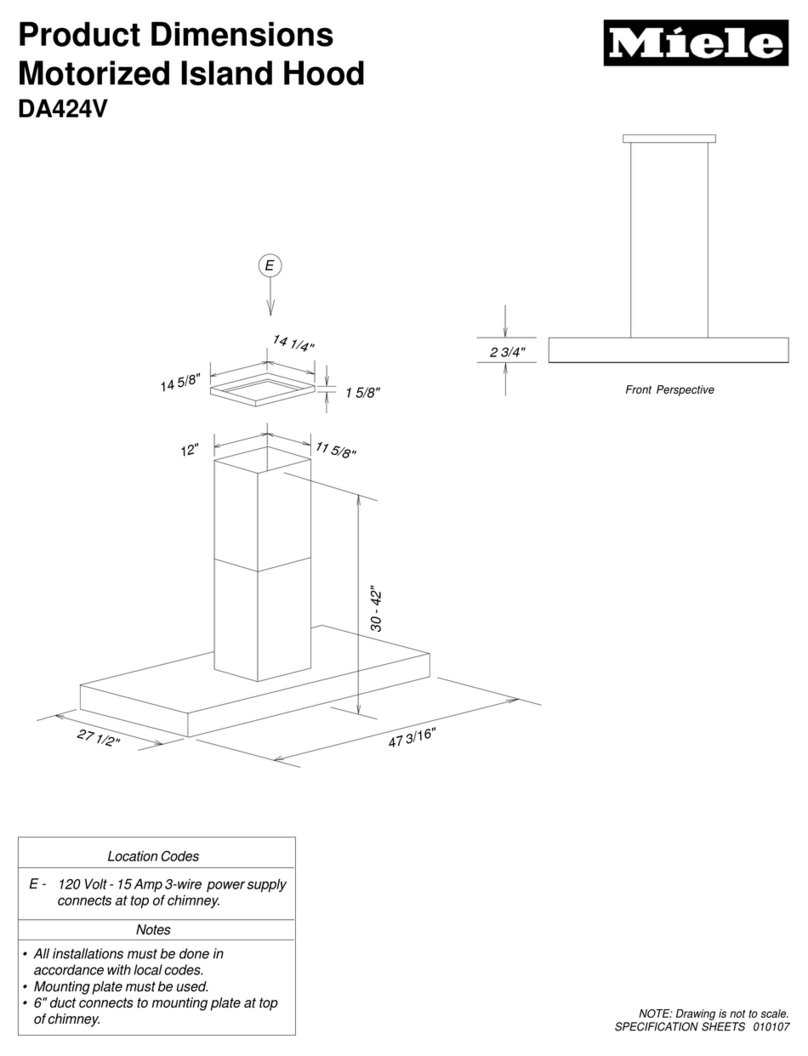
Miele
Miele DA 424 V EXT Parts list manual

Miele
Miele DA 6798 W User manual
Popular Ventilation Hood manuals by other brands

Gorenje
Gorenje S3 IHGC963S4X manual

KOBE
KOBE ISX2136SQB-1 Installation instructions and operation manual

U.S. Products
U.S. Products ADVANTAGE-100H Information & operating instructions

Kuppersberg
Kuppersberg DUDL 4 LX Technical Passport

Framtid
Framtid HW280 manual

Thermador
Thermador HGEW 36 FS installation manual
